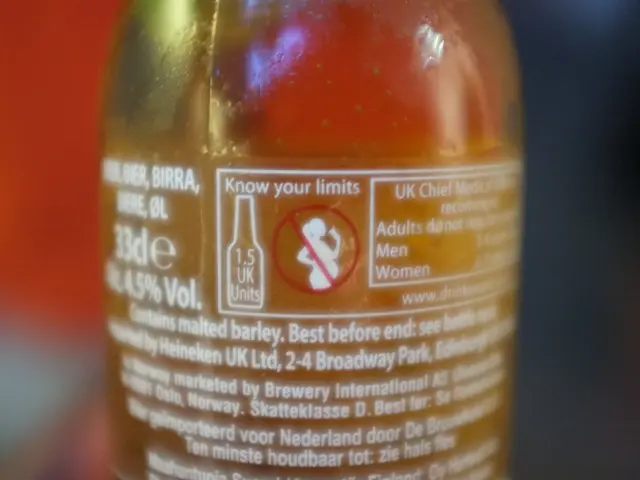Oceans are currently receiving significantly higher levels of mercury from rivers compared to the year 1850. - Oceans are receiving increased amounts of mercury from rivers, compared to levels in 1850.
Hey there! Today, we're gonna talk about a not-so-friendly neighbor – mercury – and how much more of it our rivers are dumping into the oceans compared to 1850. Buckle up, things are about to get toxic!
- *
Worldwide, rivers today carry twice as much highly poisonous mercury into the seas as they did around 1850. That's the word from an international research team, according to measurements and computer models presented in the journal "Science Advances." The main sources of this menacing metal? Industrial processes, metal mining, gold mining, and coal burning.
"Mercury compounds are potent neurotoxins that threaten human health, especially through fish consumption," the researchers warn. Because mercury is naturally found in the soil, it finds its way into rivers through erosion. However, until now, scientists weren’t exactly sure how much global mercury ends up in flowing waters. "Earlier studies focused on mercury concentrations in the atmosphere, soil, and seawater, but largely overlooked rivers," said Yanxu Zhang from Tulane University in New Orleans.
The team discovered that around 390 tons of mercury were entering the oceans worldwide annually through rivers in 1850, at the start of the Industrial Revolution. Today, that number has ballooned to about 1,000 tons of mercury per year.
The most alarming increase in mercury levels has been observed in South Asia, Southeast Asia, North America, and South America. For instance, the Amazon, with its mercury budget exceeding 200 metric tons annually, is now plagued by three-quarters of this toxic load due to human activities, primarily small-scale gold mining. Similarly, rivers like the Ob and Yenisei in Siberia, flowing into the Arctic Ocean, also transport considerable amounts of mercury.
There's a silver lining, though: Mercury input into the Mediterranean has decreased compared to 1850. Researchers attribute this to dams in the Nile's catchment area retaining sediment transported by rivers, thus saving the Mediterranean (and us) from some toxic substances.
Mercury is infamous for being one of the most harmful toxins, causing damage to the immune system, reproductive system, and – most concerningly – the central nervous system. Pregnant women and unborn children are particularly susceptible to mercury's harmful effects. So, if you were wondering how that delicious fish plate from a specific region could potentially harm you, now you know.
- Rivers
- Mercury
- Heavy Metal
- Artisanal and Small-Scale Gold Mining (ASGM)
- Amazon
- Siberia
- Central Nervous System
- The Amazon River, burdened with an annual mercury budget exceeding 200 metric tons, is considerably affected due to human activities, primarily small-scale gold mining, leading to a significant increase in mercury levels.
- Rivers, such as the Ob and Yenisei in Siberia, transport substantial amounts of mercury, contributing to the increased global mercury input into the oceans compared to 1850.
- Mercury, a heavy metal and potent neurotoxin, poses substantial risks to human health, particularly through fish consumption, making the origins of rivers – soil erosion – more concerning as mercury levels in rivers have doubled since the Industrial Revolution.








